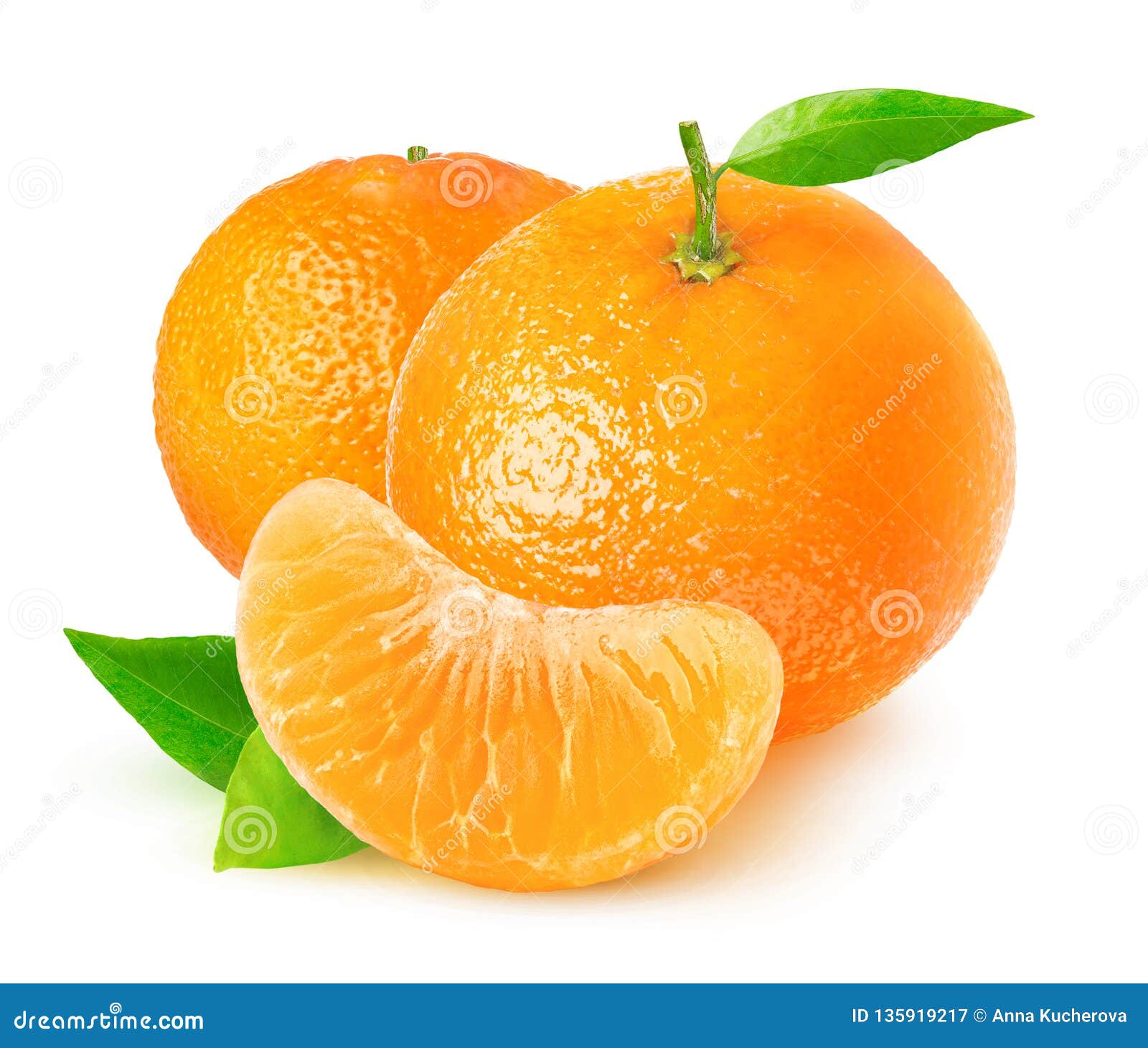
Unlike other fruit trees, tangerine trees don’t require regular pruning. Don’t go overboard when selecting the new pot. Repot Every Few YearsĪs the trees grow, they need to be re-potted every three to four years. Keep them in an area with bright indirect light. Once your tangerine trees are indoors, water when the top of the soil feels dry. Always move your plants indoors and outdoors gradually, or the plant will go into shock and lose leaves. So long as the outside temperatures are above 40☏, it’s safe to keep your tangerine trees outdoors. Keep the mulch off of the trunk, but make a one to two-foot circle around your tree. To retain moisture, apply a two to three-inch layer of mulch at the base of your tangerine tree.

Some people prefer to use fertilizer spikes like the ones from Jobe’s Organics to feed trees in the ground. Always follow the directions to avoid burning the plants. When new growth appears, it’s time to apply the first fertilizer application.Īpply a fertilizer designed for citrus trees because they use heavy amounts of zinc, nitrogen, and iron. Don’t Forget to FertilizeĬontainer grown tangerine trees and those in the ground need to be fertilized twice per year. Watering once or twice per week is sufficient in most cases. The best technique is to water the soil around the tree and let it soak in before adding more water. Always be consistent with the amount of water you provide because fluctuating amounts can cause the fruits to split. Too much water drowns the roots and promotes disease, so while tangerines need plenty of water, avoid overwatering. As the tree ages, gradually scale back with water. In the beginning, tangerine trees need plenty of water to help them settle into place.
#Tangerine fruit how to
Now that you have a planted tangerine tree, it’s time to learn how to take care of it. Be sure to keep the water moist for the next two weeks with regular watering. Water well citrus trees need plenty of water to encourage root establishment. Remove the tree from its nursery container, gently loosen the roots with your hands, and set the tree into the hole at the same level as it was in the nursery.įill the hole with soil, tapping it down into place. That gives you a head start and makes growing tangerines even easier.ĭig a hole in the ground twice as wide as the exiting container. Nurseries sell plants that are grafted onto a root-stock with one to two years of growth. If it does work, it’ll take years longer than if you bought a tree from a nursery. Getting Them In the GroundĪs tempting as it is to try growing tangerine trees from seeds, chances are it won’t work. Put the container in a spot where it will get six to eight hours of sun, whether its indoors or out. Put the tangerine plant at the same level it was growing in its nursery container (you might need to put some potting soil in the base of the pot to raise it up a bit).įill around the rootball with potting soil and give the plant a good drink. If the container you picked doesn’t have holes at the bottom, use a drill to create a few. The container needs drainage holes standing water kills plants. It needs to be two to four inches wider in diameter and depth than the container it’s in at the nursery. In general, citrus trees don’t mind being slightly pot bound, but the roots need space to grow and expand.ĭon’t go too overboard and grab the largest pot at the store. You need a container that gives the tree plenty of space for growth and expansion.

If you plan on growing in a container, picking the right one is the first step to success.

Look for a basic potting soil for containers and add compost for additional nutrients. Avoid commercial mixes that contain too much peat, which is acidic. Tangerine trees prefer soil with a neutral pH range. Tangerine trees need a minimum of six to eight hours of sunlight per day: the more, the better. Since these are tropical plants, pick a sunny spot for ideal growth. Otherwise, all gardeners can grow these trees and move them inside when temperatures fall too low. Only those living in USDA Zones 10-11 can grow these trees in the ground. Whether growing tangerines in a container or the ground, it’s essential to understand their requirements, because that’s the key to success. Yosemite – Large, sweet, and richly-flavored fruits.Pixie – Tiny ‘Pixie’ has a tart flavor, with seedless fruits.Clementine – Perhaps the most famous, this type is sweet and seedless.Here are some we recommend you check out: They’re a hybrid of mandarin oranges, and there are a ton of different varieties out there. Tangerine trees belong in the same genus ( Citrus) as oranges, lemons, and limes.


 0 kommentar(er)
0 kommentar(er)
